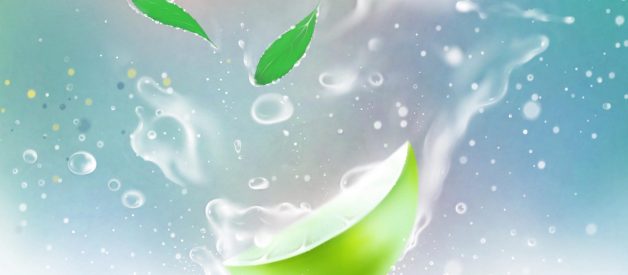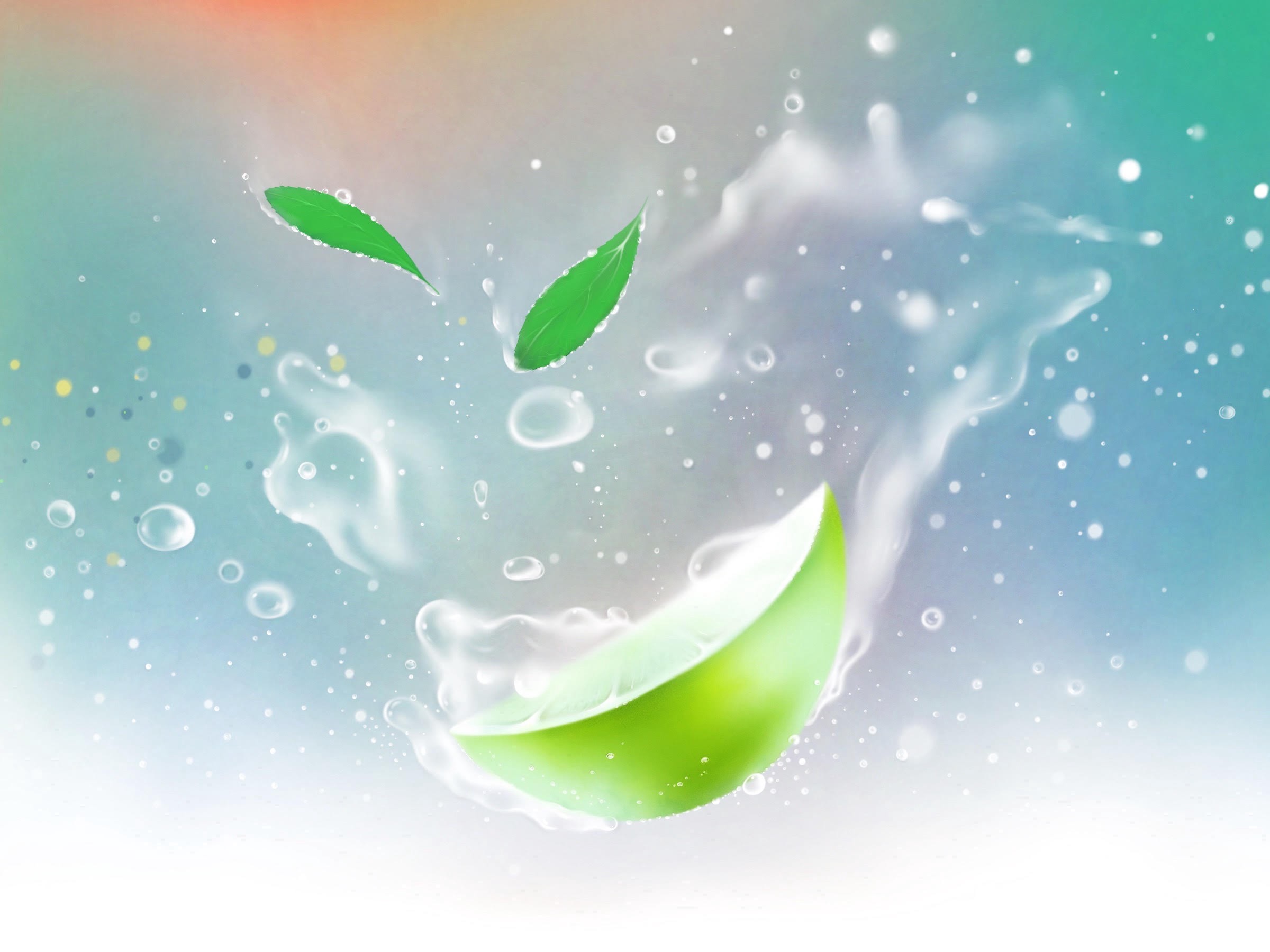
The Elemental Guide to Water
Everything you need to know about bubbly water and your body
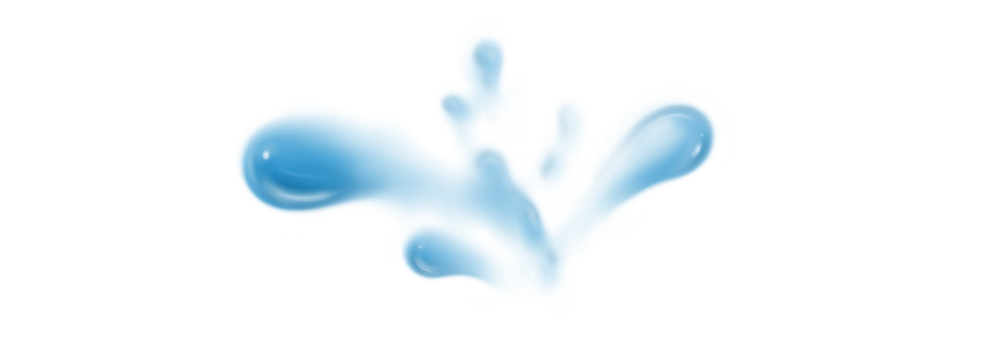
?Sometimes tonic is sweetened, but generally seltzer and sparkling water are not, so they?re a good option for someone trying to step away from soda or juice.?
??day, ?seltzer? and ?sparkling water? are sometimes used interchangeably to refer to any water containing dissolved carbon dioxide gas, or CO2. If you want to get technical about it, seltzer is water that?s been artificially carbonated, while sparkling mineral water describes water that bubbles up from the ground already naturally fizzy and mineral-rich (sometimes extra CO2 is added). Club soda is seltzer with sodium added (up to 95 milligrams per 10-ounce bottle), giving it a salty flavor. Tonic, with its bittersweet tang, is club soda with added quinine (introduced to stave off malaria) and sugar, making it the only beverage of the four to have calories.
?Sometimes tonic is sweetened, but generally seltzer and sparkling water are not, so they?re a good option for someone trying to step away from soda or juice,? Majumdar says.
Since the American Heart Association recommends we consume no more than 25 to 37.5 grams of added sugars each day, tonic, which can have as much as 29 grams of sugar per 10-ounce serving, is the option that comes closest to being ?bad for you.? (Though if you?re downing whole cans of tonic water on their own, you may have bigger problems.) If you?re closely watching your salt, sugar, or calorie intake, stick to your favorite brand of Selters instead. (Or, hey, have we mentioned tap water?)
Is seltzer hydrating or dehydrating?
In the immortal words of Cindy Crawford, ?Your body is so happy when you drink water.? We all know staying hydrated is important, but why?
?Not being adequately hydrated puts you at risk for kidney stones, headaches, constipation. It can lead to issues with heart health,? Majumdar says. ?The majority of our body is fluid, so our cells aren?t in a happy state if we?re not hydrated. It impacts the overall homeostasis of our body.?
Good news: Seltzer water is hydrating ? in fact, it?s just as hydrating as tap. ?All fluids are hydrating, minus alcohol,? Majumdar says. One thing to consider, though, is how much of it you might feel like drinking. ?If we?re exercising, I wouldn?t recommend a seltzer, because the bubbles might make us feel full or bloated, and that might affect how much we?re drinking. So I wouldn?t recommend it for athletes in active exercise, but the fluid is just as hydrating.?
Is seltzer bad for your teeth?
A few years ago, seltzer lovers everywhere were alerted to alarming news that suggested a bubbly habit could cause serious tooth decay. Turns out, reports of the death of tooth enamel from sparkling beverages were greatly exaggerated.
The furor stemmed from the fact that seltzer contains carbonic acid, which gives it a lower pH than regular water. Acidic beverages are a bit harder on tooth enamel, but most seltzers are not acidic enough to have much of an impact. (One study found the effect a little more pronounced with citrus-flavored seltzers ? the acidic lemon/lime flavoring brings down the pH even more, making it slightly harsher on teeth.)
Still, seltzer remains a much better friend to dental health than sugary sodas, writes Tyrone Rodriguez, DDS, a spokesperson for the American Dental Association, in an emailed statement. But he cautions ? in a familiar refrain ? that we shouldn?t overlook the tap water flowing freely from our faucets, which the authorities have kindly fortified with protective minerals like fluoride (and, in some cases, less desirable things).
?Water with fluoride naturally helps fight cavities, washes away the leftover food that cavity-causing bacteria feast on, and keeps your mouth from becoming dry (which can put you at a higher risk of cavities),? Rodriguez writes.
What is the ?natural flavoring? in seltzer, and is it bad?
Last year, a lawsuit against LaCroix alleged that one of the so-called natural flavorings it uses to create iconic tastes like Pomme Bay was a chemical called linalool, which is also the compound that gives cockroach-killer Raid its irresistible aroma. Turns out these reports, too, were greatly exaggerated.
LaCroix?s parent company denied the charges, and food safety experts don?t seem particularly worried: Linalool occurs naturally in strawberries, pineapples, bananas, and perhaps also Pommes Bay, whatever they are. Still, it?s hard to say exactly what?s in those ?natural essence oils? most brands use to make their products seem so much more enticing than, say, tap water?
?It?s not real clear to me what they?re using,? Majumdar says. ?But the FDA is regulating these products under the same standards that they would use for soda.? In other words, whatever?s in there probably isn?t any worse for you than what?s in a Coca-Cola.
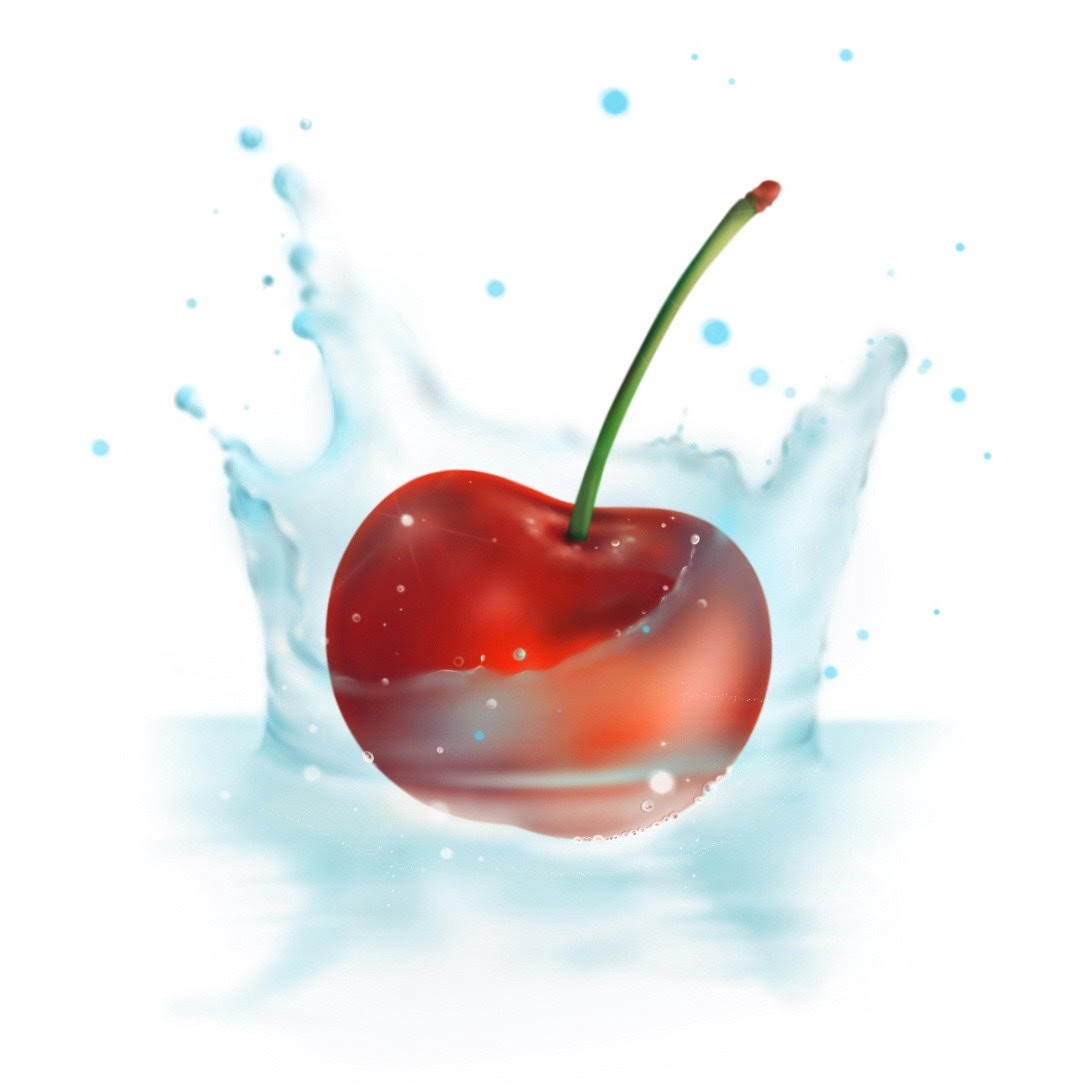
Why do some seltzers have sodium?
Along with things like calcium and magnesium, sodium was one of many naturally occurring minerals in the waters at those early European spa resorts. After Joseph Priestley unlocked the secret to artificially carbonating water in an attempt to duplicate what was bubbling up naturally in places like Selters, it wasn?t long before sodium began making its way into man-made fizzy water as well.
?The addition of sodium to the artificial bottled water was an attempt to mimic the original mineral water,? writes Darcy O?Neil, a chemist/bartender and author of Fix the Pumps, a history of soda fountains, in an email to Elemental. The minerals in those waters were thought to have health-restoring powers capable of alleviating conditions like dyspepsia, rheumatism, and gout.
Today, sodium is found in naturally sparkling mineral waters like Vichy Catalan, as well as in manufactured club soda, a term that, incidentally, can be traced back to the time right after Prohibition was repealed, according to Seltzertopia author Barry Joseph. As seltzer was starting to shed its image as a purely medicinal drink, ?people went to elegant supper clubs or private clubs [and] they often found ?seltzer? had been replaced with the new term ?club soda,? even though there was little or no difference between the two,? he writes.
When sodium is added to carbonated water, it can change both the mouthfeel and the taste. ?If it has sodium in it, it?s making you thirstier over time, so you?ll want to drink more, and that impacts hydration,? Majumdar says. ?If someone?s asking me if they should drink it, it?s a question that needs to be addressed individually.?
It?s true that most Americans are already consuming more than the American Heart Association?recommended maximum of 2,300 milligrams of sodium per day (1,500 milligrams for those at risk of heart disease and hypertension). But with most sparkling mineral waters and club sodas clocking in well under that mark, most people don?t need to worry about their seltzer intake tipping the scales. In fact, Majumdar notes that anything with 140 milligrams of sodium or less per serving can be considered a low-sodium food, so the average can of Canada Dry Club Soda (at 95 milligrams per 10-oz serving) is no cause for concern. (Keep an eye on that Vichy Catalan, though; it has 1,100 milligrams of sodium per liter.)
?If it?s being consumed all day, that can add up to a significant amount of sodium on top of our food,? Majumdar says. But in most cases, sodium in your seltzer has little bearing on your health, so go with whichever bubbly tastes best to you.
Is seltzer appetite-suppressing?
One (dated) 1997 study found that drinking carbonated water changes the distribution of solids and liquids in the stomach but doesn?t alter gastric emptying time, which is a fancy way of saying that drinking seltzer with a meal can increase feelings of satiety. Another newer study of males (both rat and human) suggests the opposite: that the CO2 in carbonated water induces the release of the hormone ghrelin, making people hungrier.
But this debate obscures the conversation we should be having, Majumdar says: ?If a client asked me about that, I?d ask why are we trying to drink this to change our appetite? When we?re hungry, we should be eating.?
Does seltzer have the same water-quality standards as regular bottled water?
Here?s where distinguishing seltzer from sparkling water begins to really matter. The U.S. Food and Drug Administration (FDA) considers bottled water and seltzer as two different categories of drink, each with its own regulatory standards. The bottled water category includes sparkling mineral water but not club soda, tonic, or manufactured seltzer, all of which are considered soft drinks. This could reveal a regulation gap, says Consumer Reports.
The FDA?s Current Good Manufacturing Practices (CGMPs) require bottled water producers to maintain sanitary conditions, protect water sources from bacteria and chemicals, implement quality control processes to make sure the water is safe, and routinely test for contaminants. The agency says it has established CGMPs for carbonated soft drinks as well, though it?s unclear if they are as stringent as those for bottled water. The FDA says only food and color additives that the agency has determined to be safe are allowed to be included in carbonated beverages.
?If the tap water is safe in your area [and in most places, it is], that?s generally what I recommend, for environmental and financial reasons,? says Majumdar, sounding a little like a broken record at this point.
Can you water a plant with seltzer?
Have you ever cracked open a cold Spindrift, enjoyed a few refreshing sips, and set it down, only to return hours later to find it now flat and insipid? What to do is obvious, or it should be: Dump it into a nearby ficus. But could there be a downside to this seemingly innocuous act?
?My understanding is that seltzer is basically plain water and carbon dioxide, so I don?t believe it would have any impact one way or the other on a plant,? says veteran horticulturist Will Creed, who has 35 years of experience helping people keep their plants alive. ?Plants do use carbon dioxide, but they absorb it through their leaves, not really through their roots, so I don?t think adding CO2 to the soil would have any added benefits. On the other hand, I don?t have any reason to believe it would do any damage, primarily because the CO2 evaporates as soon as it?s exposed to the air.?
But, Creed says, you should avoid watering your prized orchid with, say, club soda ? or worse, Vichy Catalan ? because of its sodium content.
?If somebody poured club soda in their plant once, they don?t need to call poison control or anything. The concern would be over time,? Creed says. ?If it?s used regularly, sodium can build up in the soil to toxic levels and burn the roots. Most tropical species of plants are sensitive to sodium in the soil, while plants that come from arid, desertlike regions ? cacti and succulents ? are more resistant to it.?
What about an alcohol-spiked seltzer like White Claw, I ask? Can I use that to water my rhododendron? ?It?s not a good idea,? Creed says.
Can you bathe in seltzer?
People have been hot-tubbing in carbonated water for at least 2,500 years, but the jury?s still out whether those tiny bubbles are truly beneficial for the skin.
?In historical medical reports, diseases like psoriasis or atopic dermatitis have responded to balneotherapy, which refers to the belief that there are therapeutic benefits that come from bathing in natural water sources,? says Ivy Lee, MD, a board-certified dermatologist based in Pasadena, California. ?But it?s not clear if those benefits came from the carbonation or the mineral content.?
Washing with carbonated water is trending again these days, thanks to the beauty experts of Korea and Japan, who have long sworn by CO2 face washes and masks to improve blood flow, help the skin retain moisture, and decrease the visual effects of aging.
?The theory behind its benefit is that carbonated water has a pH that is more similar to that of our skin, around 5.5,? Lee says. ?This is thought to be more gentle and less drying to our skin than, say, tap water, which is a pH of 7.?
Salicylic and glycolic acid are tried-and-true ingredients in many anti-aging face washes. Could the carbonic acid in seltzer ? the thing that gives it that lower pH ? possibly confer the same benefits?
?The evidence is very scant, if any,? Lee says. ?There could be benefits in terms of exfoliating the skin, or comedolytic effects ? that means breaking up blackheads, whiteheads, or other microscopic plugs of the pores ? but [these claims] have not been substantiated by research.?
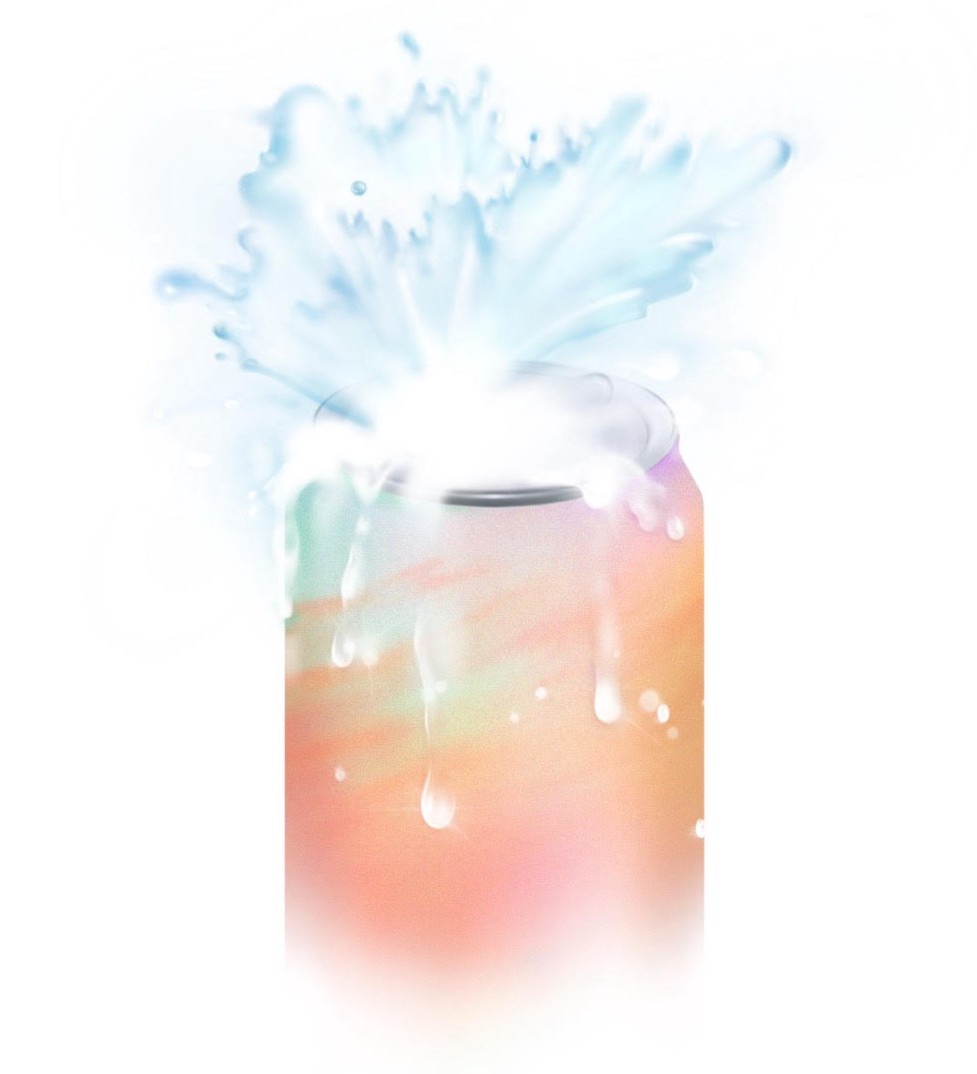
Is it possible to drink too much seltzer?
?With plain seltzer, it would be a difficult task to drink too much,? Darcy O?Neil writes. ?It is about the same as tap water when it comes to health benefits.?
But too much seltzer could, in some cases, cause bloating.
?You?re drinking air, so it can make you bloated, but that effect is temporary,? Majumdar says. ?That?s going to be impacted by other factors, too, like how fast you drink it; for women, what time of the month; or what else is going on in that meal.?
Why do some seltzers taste different (besides flavor). Are there different bubble sizes?
?The flavor from seltzer comes from the acidic nature of carbonic acid formed when water and carbon dioxide combine,? O?Neil writes. As for bubble size, that is related to the pressure at which the carbon dioxide in the seltzer water is bottled. Higher pressure = more CO2 = bigger bubbles.
?The actual size of the bubble is not a major contributor to the taste experience,? writes O?Neil, who has been doing ?taste science stuff? for more than a decade and says it comes down almost entirely to marketing. ?Many things like bottled waters and vodkas are hard to differentiate, even by people who are in those specific industries.?
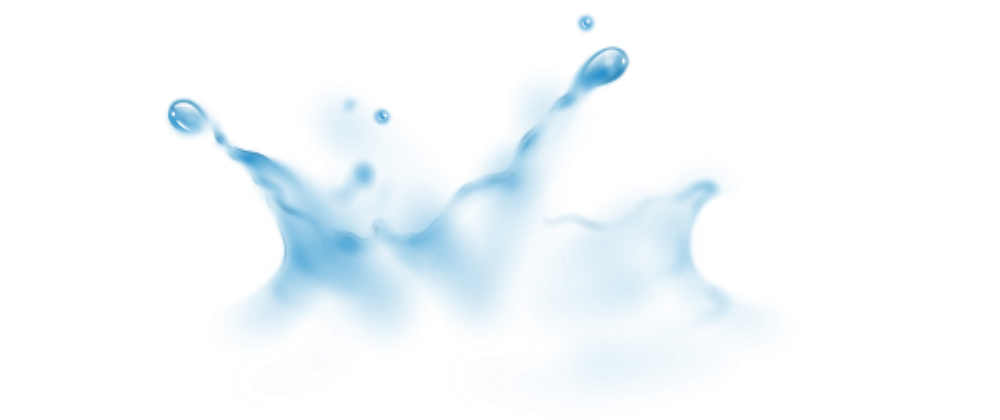
All of which is to say that White Claw is basically a vodka soda.
Does seltzer cause kidney stones?
?There?s some literature to support an association between kidney stones and carbonated beverages, but we think that?s more related to the phosphoric acid, not the carbonation,? Majumdar says. ?Seltzer gets looped into the category because it?s a carbonated beverage, but [there?s no link to kidney stones] that I know of.?
Similarly, there?s some evidence that colas ? but not seltzers ? might have a negative impact on bone health, but ?that?s likely more related to the caffeine or the phosphoric acid, not the carbonation itself,? Majumdar adds.
What is the alcohol in White Claw?
Last summer?s smash-hit spiked seltzer brand has been vague about precisely what gives the 5% ABV beverage its boozy punch, other than to call it a ?gluten-free alcohol base.? What exactly is that, though?
?It is most likely a high-proof neutral grain spirit made from corn or other grains,? O?Neil writes. ?These spirits tend to have a low flavor profile and are similar to vodka. Highly refined grain distillates are gluten-free because gluten is not volatile and won?t pass through the distillation system.?
All of which is to say that White Claw is basically a vodka soda.
In summary: It?s probably just a coincidence that Americans have become obsessed with spending increasing portions of our decreasing disposable incomes on jauntily packaged cans of fizzy water (just as our access to clean tap water appears less secure). But when it comes to your health, there?s nothing wrong with a little seltzer.
This story is part of The Elemental Guide to Water, a five-part special report on the health benefits of water, the science behind seltzer, the truth about fancy H2O, the safety of tap water, and how much water you really need to drink.
Illustrations by Shuhua Xiong

